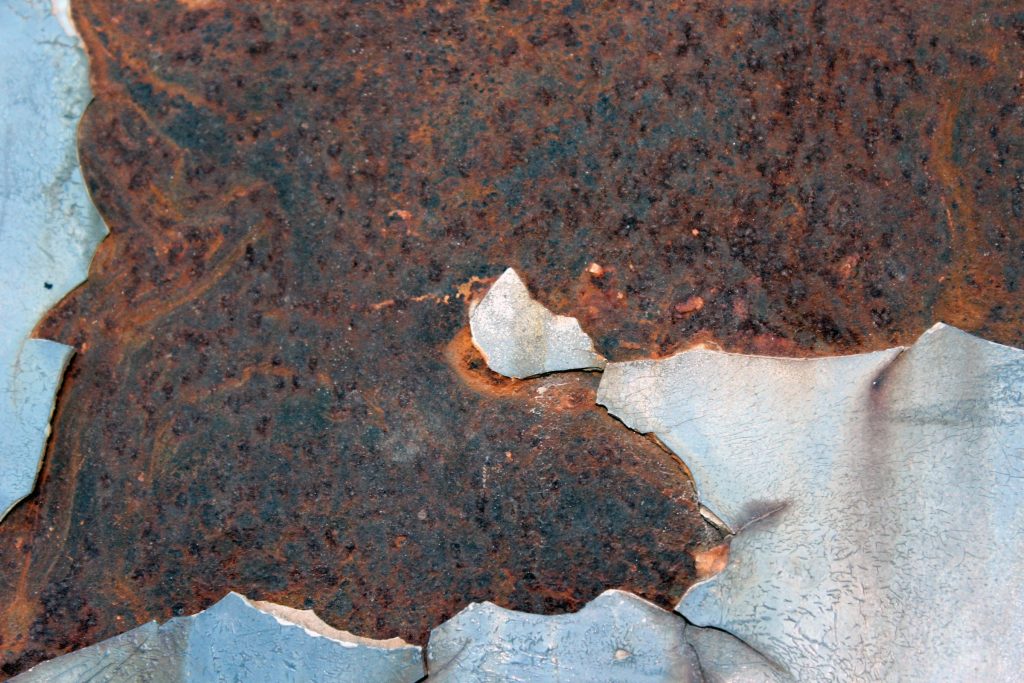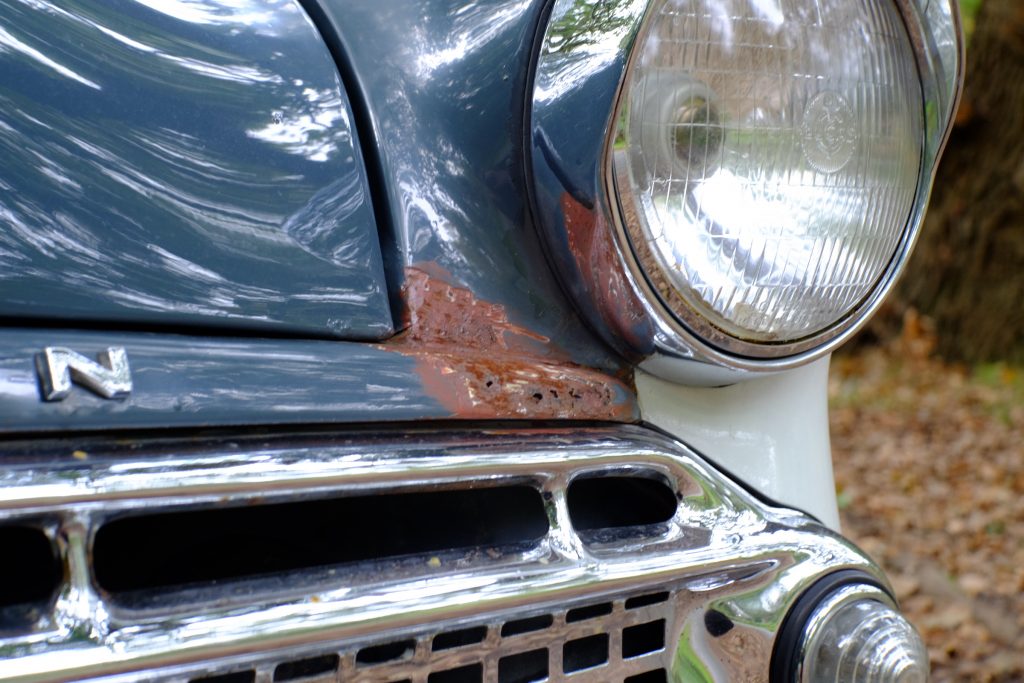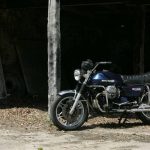Rust is every classic car owner’s nightmare. It can range from light tinworm starting its journey from a damp spot, to full-blown rot and disintegration of complete panels and components.
There are various things that can be done to deal with it effectively, from mechanically cleaning then treating, or in severe cases, cutting out the affected area. Actually I prefer “infected” to “affected” because that’s what rust on a car body or structure is, a disease attacking anything which contains iron, which of course, includes steel bodywork.

Some of the most lethal types of corrosion are out of sight and that’s the biggest problem. Most cars built before the 1970s will have had no allowance made for corrosion or longevity, either in the finishing, or in consideration of designing structures to avoid water and dirt traps.

I’ve spent many years working with Ford Escort Mk 1s for example and there are lots of places where rot can flourish with impunity, an owner often oblivious to the fact it’s even happening until serious damage is done. An example is at the upper rear of the space inside the front wings. Cars of that era had no lining to protect that void from water and dirt as later cars do, and wet mud and filth from the wheel collects deep inside the furthest recesses. At that point, the outer wing, inner wing bulkhead and A-pillar can all become perforated and we enter major surgery territory.
Any kind of rust so severe it’s either perforated the steel or isn’t far off, needs cutting out back to clean metal. This can mean fabricating and welding in a repair piece, or replacing a panel depending on the situation.
Lighter surface rust, which may have just started creeping below the paint, can be sorted with a less radical approach, by mechanical removal and chemically treating. Both are very much necessary – it’s pointless doing a good job of removing the rust and revealing what appears to be clean steel without treating as well. The tiniest traces of the stuff will kick off a relentless, creeping assault all too quickly.

I find the best way to remove rust on bodywork is with an abrasive. By all means start with wire brushes with a drill on any loose stuff first but beware of the burnishing effect they can have if they’re not aggressive enough. Then follow up with abrasive of some sort, either by hand using emery cloth, or abrasive discs on an electric drill flap wheel, whatever suits the size of the area, accessibility and severity.
My favourite is a small air linisher (like a small, right-angled drill) and Roloc 50mm or 75mm abrasive discs which can be changed in an instant when they wear out. These small quick-release discs can also be other types of abrasive like Scotch-Brite so there are plenty of options. In the absence of air tools, the same small diameter pads and discs can be held in an electric drill but the revs will be much lower and the drill itself is much more bulky and cumbersome than the air tool.
Stay tuned next month for a few other favourite techniques I find work quite well for beating that dreaded tinworm.
Read more
Reviewed & Rated: Rust converters
How not to build a car, Part 1: Bodywork
Our Classics: 1986 Ford Sierra RS Cosworth | Returning the suspension to standard










I am in the process of restoring a 76 Mini, which needed the normal panels replaced or repaired. For the areas which had surface rust I used Metalmorphosis Rust Convertor Which 5 star reviews and had been tested by Land Rover Monthly. Both quarter panels were stripped to bare metal and had repair sections fitted and I thought it would be an idea to spray both sides with this product, but after a month I notice the quarter panels were covered in little spots of rust, where there had not been any beforehand, so when I tried to strip it back to bare metal this product did not come off easily, it had a rubbery / plasticy feel to it. I contacted the supplier of the product and told them the process I had carried out, but when I told them I sprayed it onto bare metal they said it should not be used on bare metal, because it will make it rust!!! What a mess, please be careful.